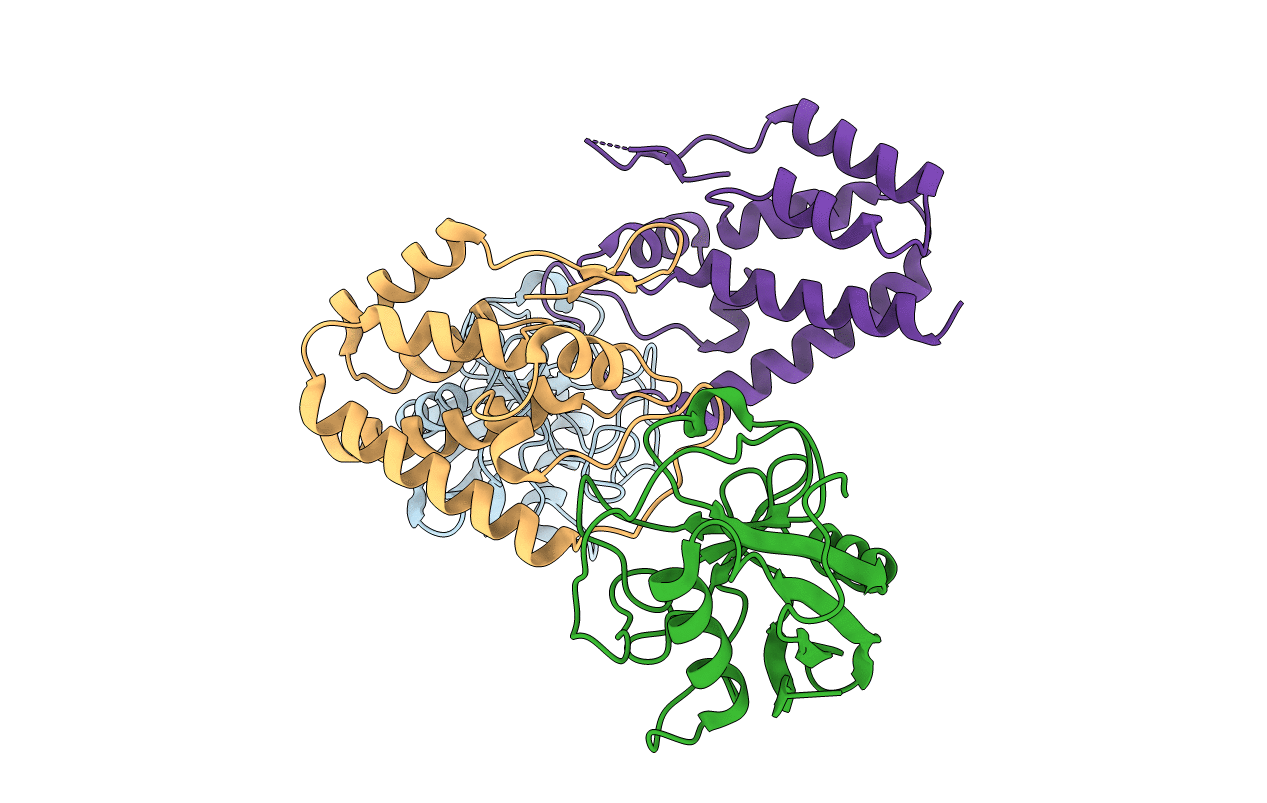
Deposition Date
2013-07-19
Release Date
2013-08-14
Last Version Date
2023-09-20
Entry Detail
PDB ID:
4LQW
Keywords:
Title:
Crystal structure of HIV-1 capsid N-terminal domain in complex with NUP358 cyclophilin
Biological Source:
Source Organism:
Homo sapiens (Taxon ID: 9606)
Human immunodeficiency virus type 1 (Taxon ID: 11698)
Human immunodeficiency virus type 1 (Taxon ID: 11698)
Host Organism:
Method Details:
Experimental Method:
Resolution:
1.95 Å
R-Value Free:
0.24
R-Value Work:
0.20
R-Value Observed:
0.20
Space Group:
C 1 2 1


